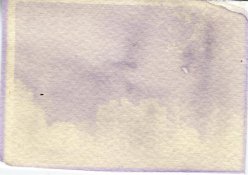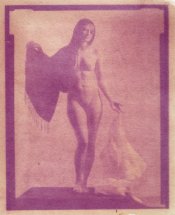I have a few questions about anthotypes, for those who have experience with them.
1) Has anyone tried to use a heavy red wine to coat the paper? I've thought about putting a cheap cabernet into a pot, reducing it down, and using a few coats of it on the paper. I guess that would be a vinotype or something.
2) Has anyone used a dark green substrate for the coating? I'm thinking about something like spinach, or even just leaves and grass from the yard, blended up with a little bit of alcohol.
3) Can a little bit of dichromate be used to increase contrast?
4) Has anyone used transparency film? I have a lot of 4x5 transparencies and a few 8x10 transparencies -- they certainly have a higher density range than most B&W negatives, so I wonder how they would work
5) Is there a way to make them relatively archival after printing? Like spraying with a fixative and putting under museum glass?
Thanks.
1) Has anyone tried to use a heavy red wine to coat the paper? I've thought about putting a cheap cabernet into a pot, reducing it down, and using a few coats of it on the paper. I guess that would be a vinotype or something.
2) Has anyone used a dark green substrate for the coating? I'm thinking about something like spinach, or even just leaves and grass from the yard, blended up with a little bit of alcohol.
3) Can a little bit of dichromate be used to increase contrast?
4) Has anyone used transparency film? I have a lot of 4x5 transparencies and a few 8x10 transparencies -- they certainly have a higher density range than most B&W negatives, so I wonder how they would work
5) Is there a way to make them relatively archival after printing? Like spraying with a fixative and putting under museum glass?
Thanks.








